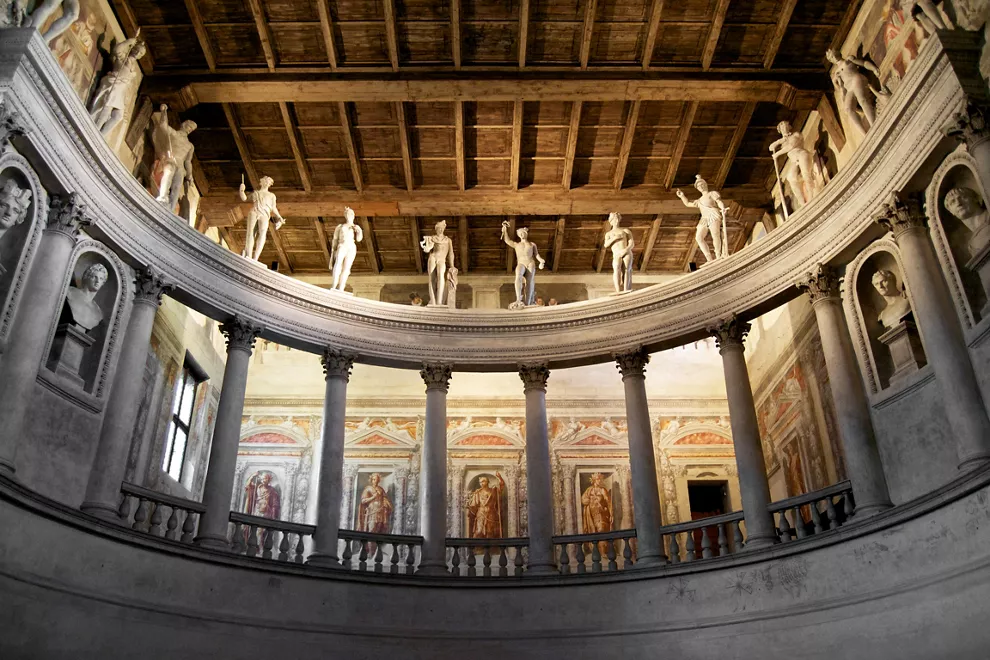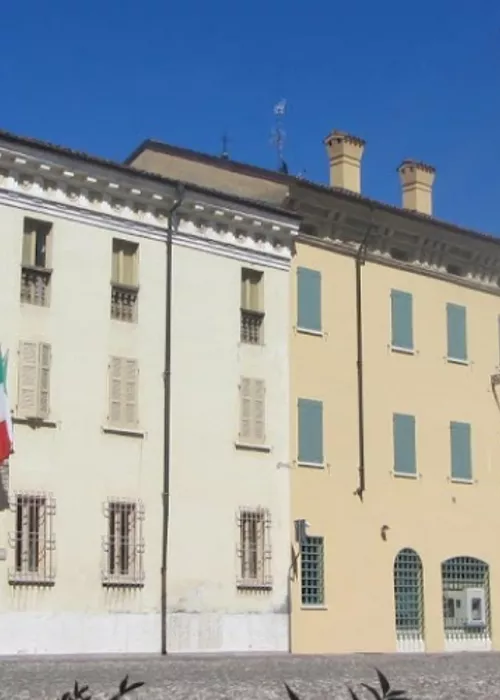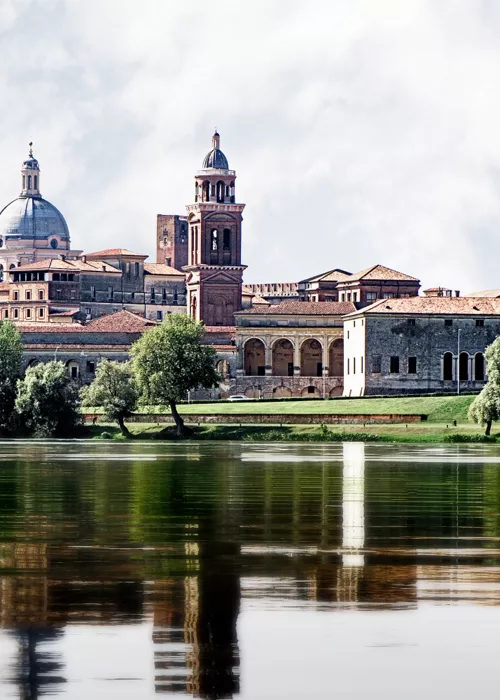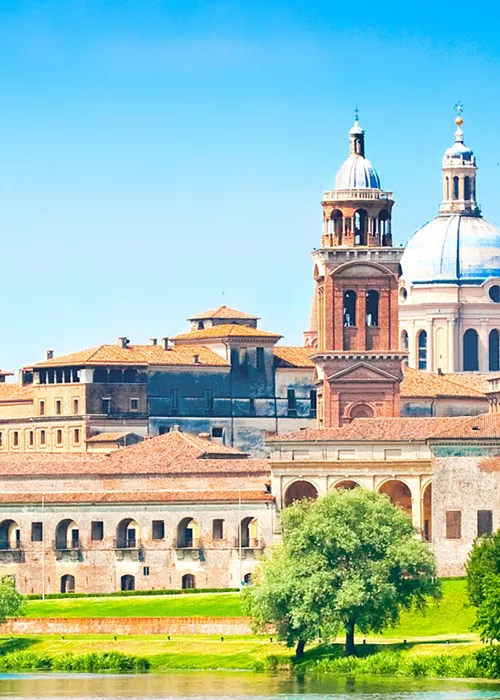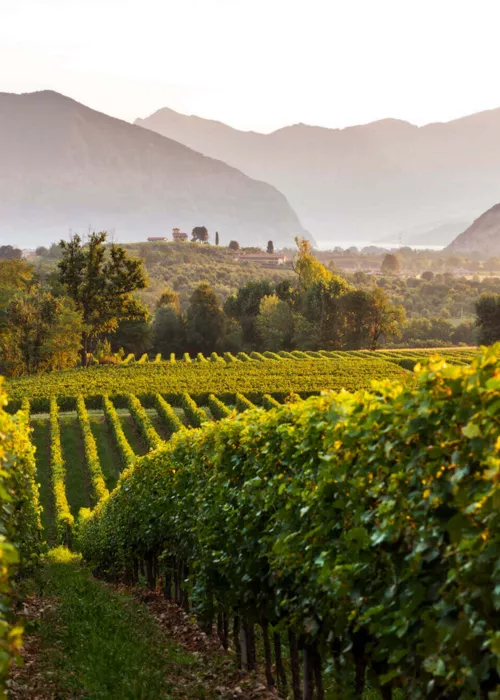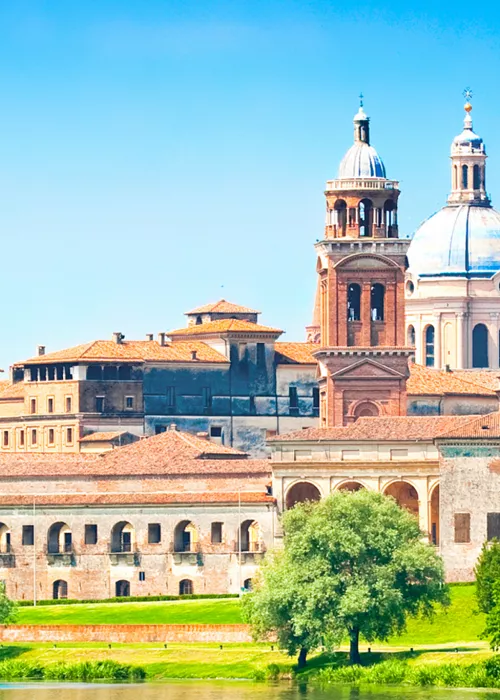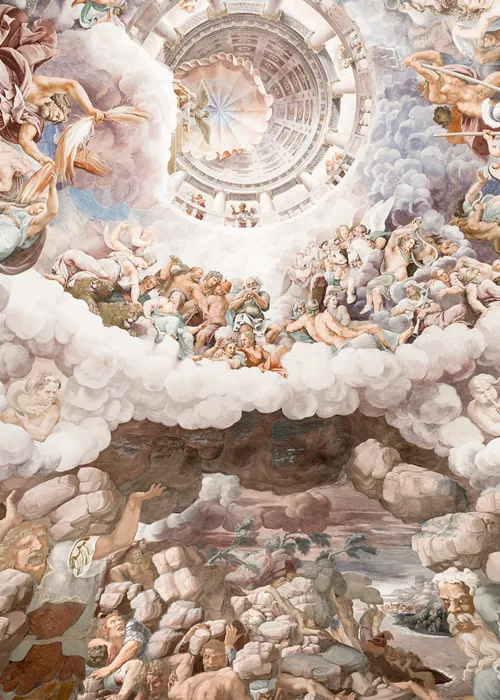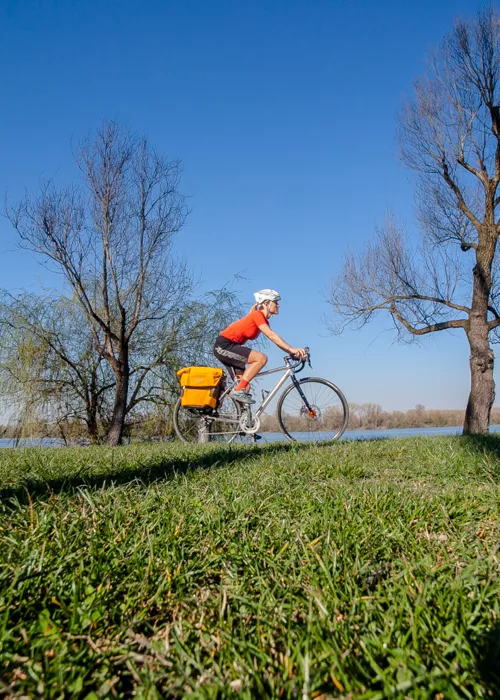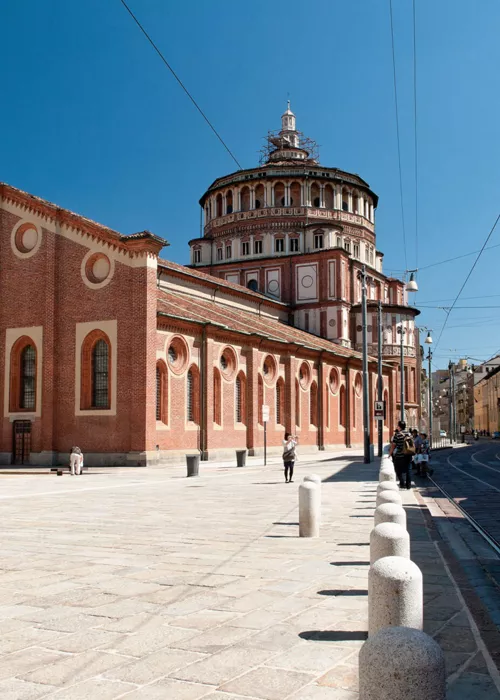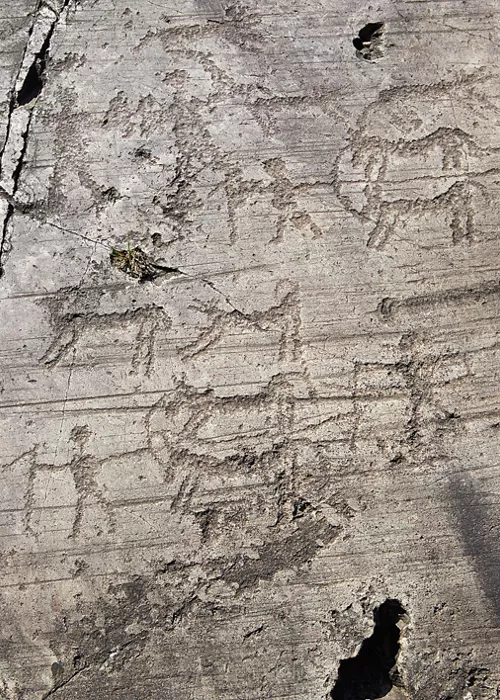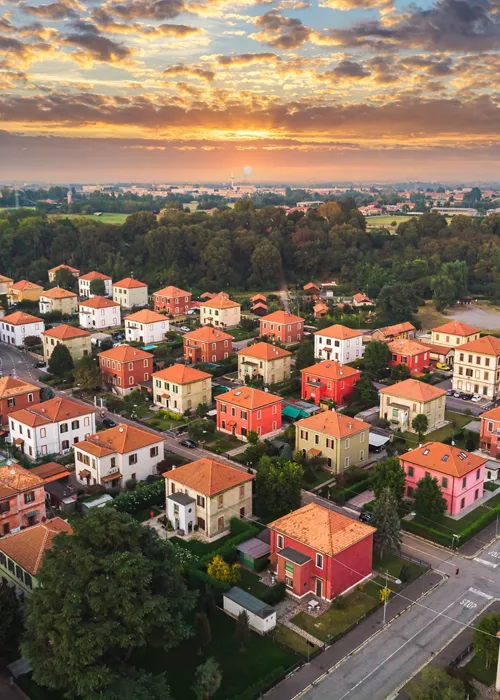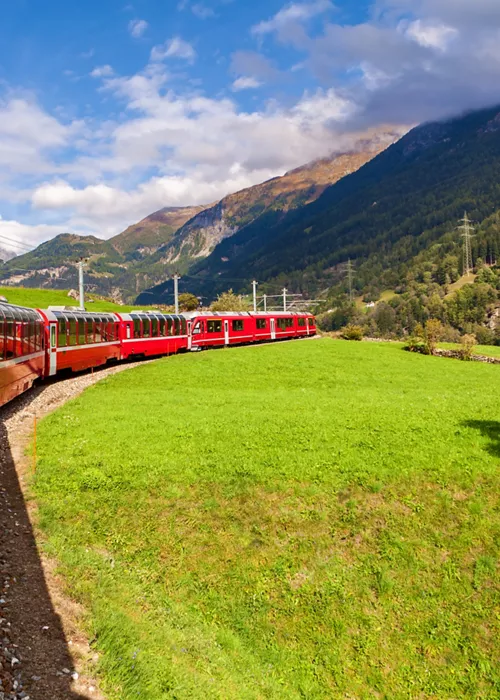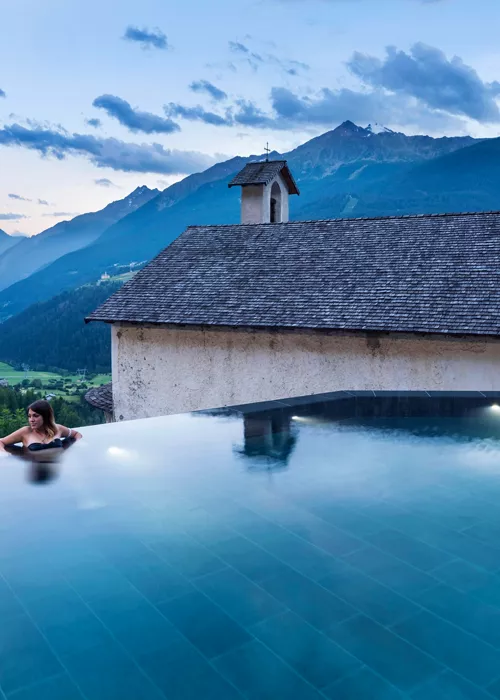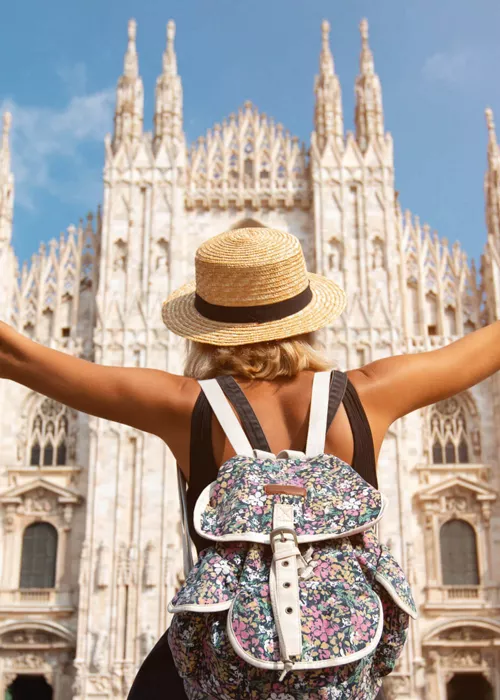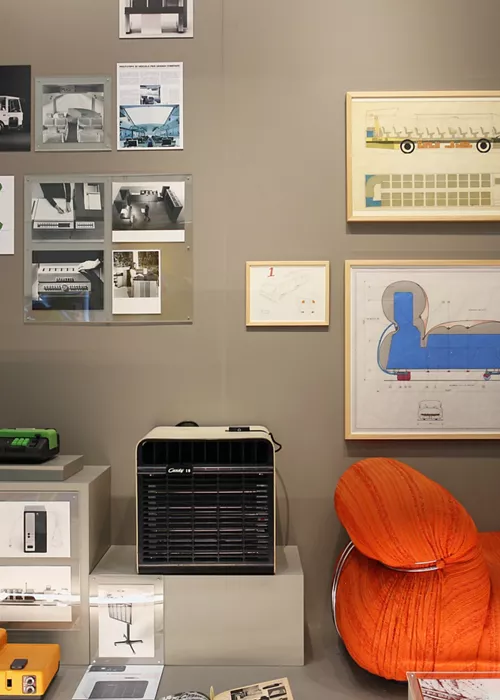Sabbioneta, a Renaissance masterpiece, and the dream of an enlightened prince
3 minutes
Vespasiano Gonzaga Colonna was an enlightened and visionary prince leader, who in the second half of the 1500s built Sabbioneta from nothing, creating a place of astonishing beauty and listed as a UNESCO World Heritage site.
Vespasiano was the last duke and the glory of the city died with him. Yet the dream remained intact in its earthly materialisation.
The origins of the name
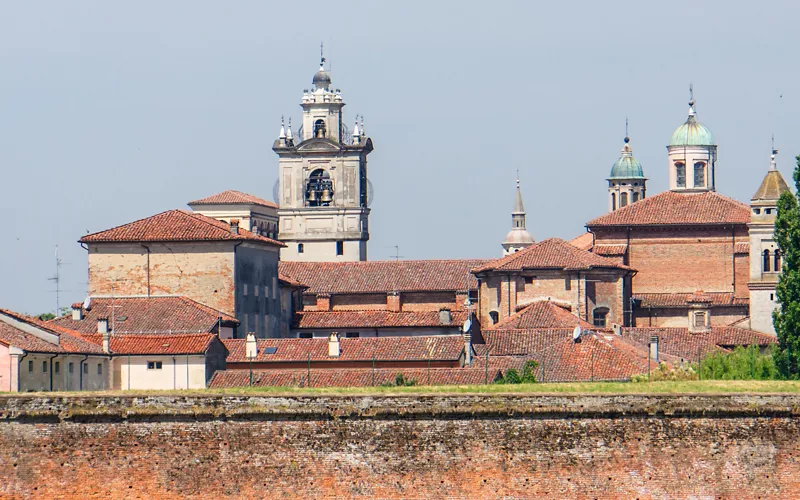
Sabbioneta derives its name from the Latin sabulum: sand.
We are in the lower Po Valley between Mantua and Parma, where the alluvial deposits of the Po and Oglio rivers which became dry sand following the Benedictine reclamation in the 11th century.
Here Vespasiano Gonzaga Colonna, a representative of an illustrious Signoria of the Renaissance, a cultured prince and follower of Vitruvius, had his city built, erecting immortal monuments.
Welcome to the little Athens of the Po Valley
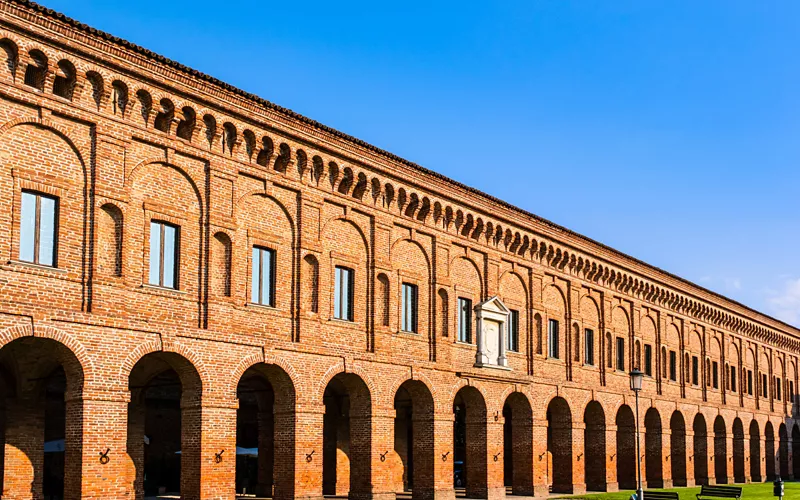
Sabbioneta is a tiny town that holds priceless artistic and architectural treasures: a small Po Valley Athens in the imagination of Vespasiano I Gonzaga, its creator, or a miniature Rome, as precious as the capital. The model, for the prince, was the ancient classical cities, centres of culture and refined art. Sabbioneta today restores this vision intact: almost nothing has been added in later eras.
The first impact is in front of the perfectly preserved walls, solemn and impassable, where the gates open. The main monuments are gathered in a very small space. You are in the heart of the Renaissance. Head towards the Piazza d'Armi, also known as Piazza Castello, enclosed on one side by a splendid brick arcade, and a structure reminiscent of a Roman aqueduct.
The imposing portico forms the ground floor of the Galleria degli Antichi, then climb up to the first to visit the interior: the huge windows illuminate the frescoed walls, the wooden ceiling is a masterpiece, the details, from the vases to the coats of arms, of unrivalled refinement.
From here, a corridor leads to the Palazzo Giardino, Vespasiano's private villa, a place of rest and meditation. Admire its decorations and don't miss the adjoining garden: its perfect geometry, with a fountain in the centre, is an ideal symbol of the all-Renaissance sense of proportion and harmony.
Also commissioned by Vespasiano I Gonzaga, the Teatro Olimpico is a spectacle designed by a pupil of Palladio: Vincenzo Scamozzi. Again you will be charmed by the elegant proportions of the inner Corinthian loggia and the steps reserved for the nobility. Appreciate the frescoes painted by artists from Paolo Veronese's workshop, depicting the most prominent personalities of the time.
The Ducal Palace was the seat of political and administrative activity, as well as the official residence of the Lord, and again you will pass through an arcade, a decorative element of the refined facade, to access the building, which can also be visited inside. Here it is worth lingering in the Hall of Eagles with its four large equestrian statues.
Piazza Ducale is also overlooked by the Church of Santa Maria Assunta with its grandiose decorations: red and white marble, Baroque-style paintings and ornaments post-dating the construction, and a triumph of frescoes.
5 tips for a living holiday in Sabbioneta
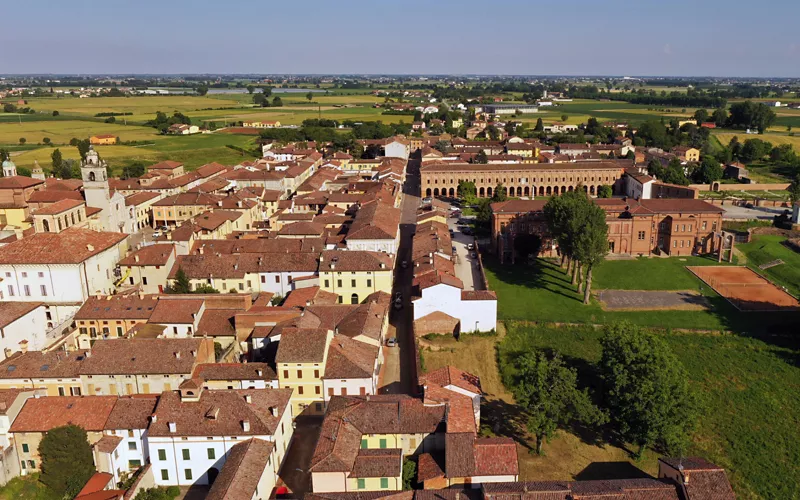
Don't just look at the outer walls: walk around them, through meadows and moats. Take a close look at the six-pointed star structure of the city wall, the same as the city it encloses.
During the visit to Sabbioneta, try to track down the numbers 6 and 12: these are the secret numbers of alchemy recurring in the measurements of various elements throughout the town.
For your stay, choose one of the charming hotels in the historic centre housed in period residences. For princely nights.
At the restaurant, try local specialities: pumpkin tortelli, cured meats and mustards, frogs and snails for those who are daring at the table. For dessert, order the Filòs di Sabbioneta, biscuits with dried fruit and chocolate.
Cycle the Unesco Cycle Route which links Sabbioneta and Mantua. After the art, discover the nature treasures, cycling through the Oglio Sud Park among vineyards and apple orchards, deciduous forests and canals, vast expanses of cultivated fields.

